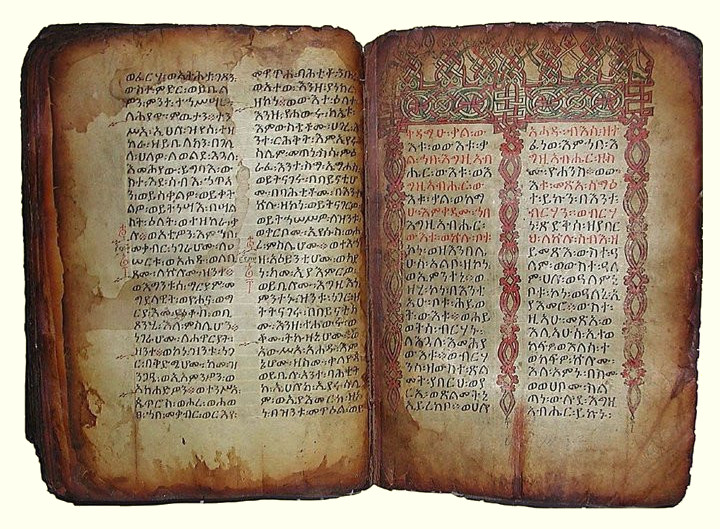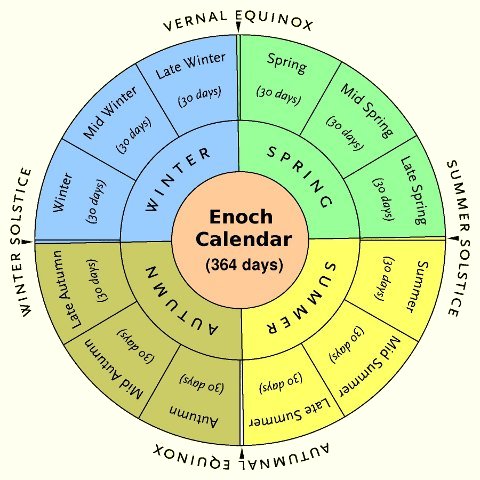
by John P. Pratt
7 Nov 2019, Deluge Day (E)
©2019 by John P. Pratt. All rights Reserved.
 |
The Book of Enoch had been lost to Europeans for centuries, but was discovered in Ethiopia by James Bruce, who returned with three copies to England in 1773. It had been in the Ethiopian version of the Bible after the Book of Job. Early Christians had taken it with them when they fled persecution. It was translated into English by Richard Laurence in 1821. In 1840 there was a very favorable book review recommending it by the LDS apostle Parley P. Pratt. Laurence's translation is readily available today and is still recommended.
 |
Even though the Qumran society chose Wednesday as the first day of their year, in my work no such instruction was found included in the scriptural description. It became clear that Enoch expected the reader to know that the week begins on Sunday. Thus, every Enoch year begins on Sunday, usually on the first Sunday after the spring equinox (first day of spring). Sometimes that rule was even adjusted by a week to match the phases of the moon better, as instructed in the scripture.
As research progressed, it was discovered that not is it truly a sacred calendar, fitting to have been revealed by an angel to the Prophet Enoch as stated in the scripture, but God is apparently still using it today to schedule key religious events! It was found that many important dates during the restoration of the Lord's church through the Prophet Joseph Smith were holy days on the Enoch Calendar. The most important and rare Enoch Calendar date was the date of First Vision of God the Father and His Son Jesus Christ to the prophet!